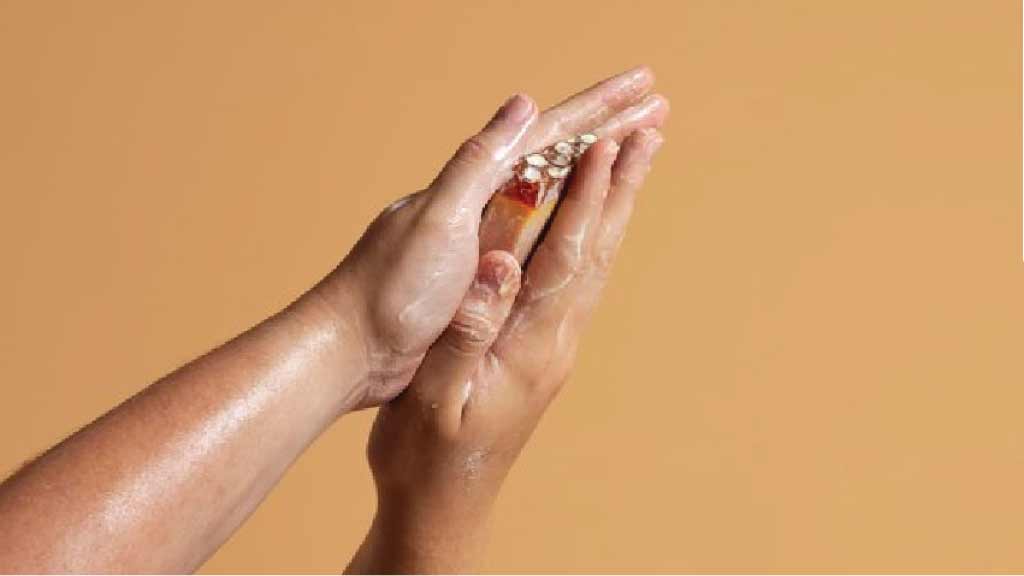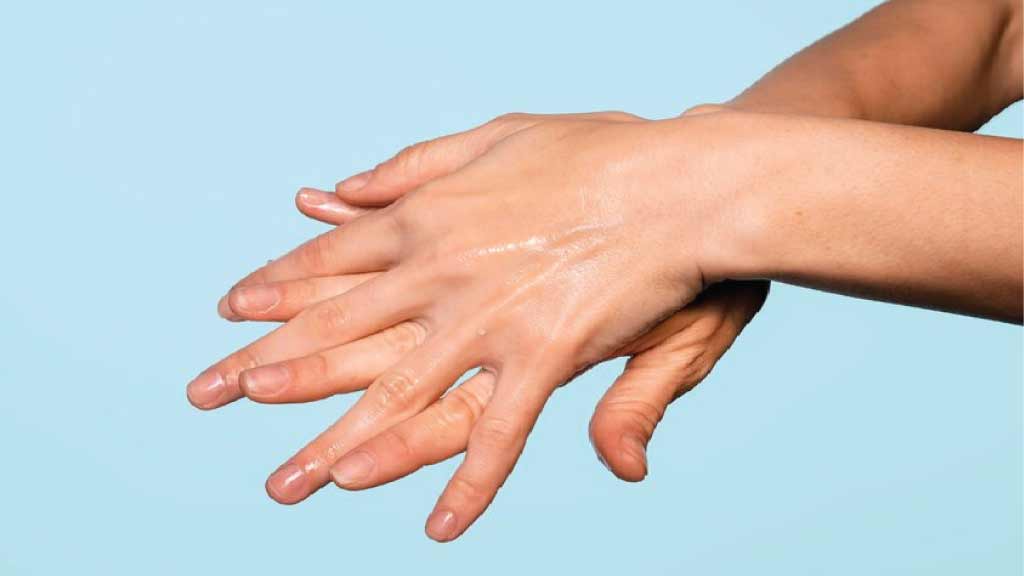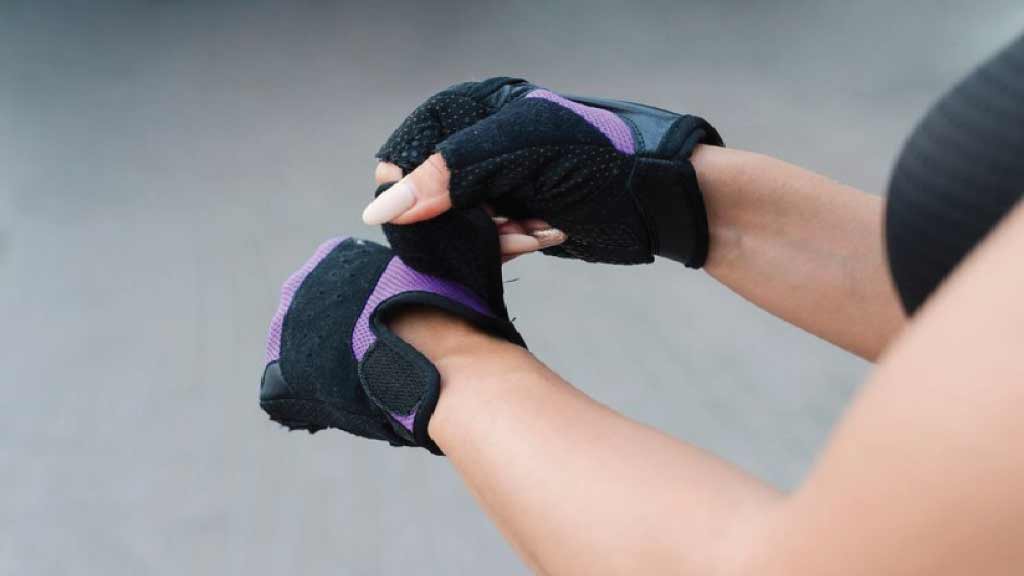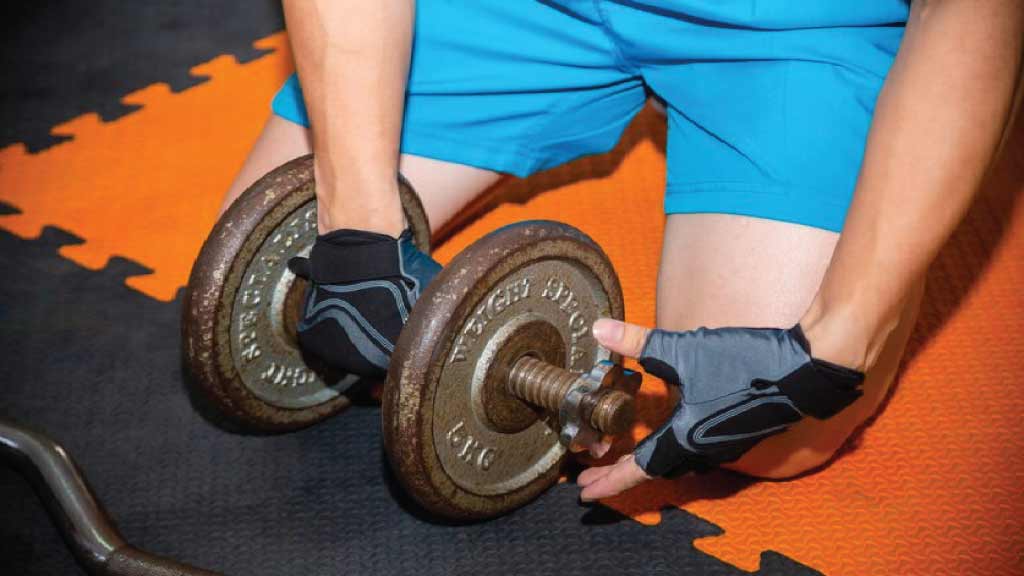Treating calluses on the hands resulting from weightlifting requires a combination of preventive measures and targeted care techniques. Weightlifting, while beneficial for strength and fitness, often leads to the development of calluses due to repetitive friction and pressure on the skin. To address this issue effectively, individuals can adopt practices such as soaking the hands in warm, soapy water to soften the calluses, followed by gentle exfoliation to remove dead skin. Moisturizing the hands regularly helps prevent further drying and cracking, while wearing weightlifting gloves or grips provides protective cushioning during workouts.
In cases of persistent or severe calluses causing discomfort, consulting a healthcare professional is recommended for personalized treatment options. By implementing these strategies, individuals can manage calluses effectively and maintain optimal hand health while continuing their weightlifting routine.
Soak your hands:
To effectively treat calluses on your hands caused by weightlifting, start by soaking them in warm, soapy water for approximately 10 to 15 minutes. This step helps to soften the toughened skin, making it easier to manage. After soaking, gently exfoliate the calluses using a pumice stone or callus remover tool to remove dead skin cells and smooth out rough patches. Follow up by moisturizing your hands with a nourishing lotion to keep the skin hydrated and supple, aiding in the healing process.
Additionally, consider wearing weightlifting gloves during workouts to prevent further friction and callus formation. Regular maintenance and care will help alleviate discomfort and promote healthier skin on your hands.
Exfoliate:

To effectively manage calluses on your hands from weightlifting, gently exfoliate them using a pumice stone, foot file, or callus remover tool. This step helps to remove dead skin cells and smooth out rough patches, promoting healthier skin. However, it’s crucial not to overdo it, as excessive exfoliation can lead to irritation or even injury. Aim to gently buff away the outer layer of the callus, being mindful not to remove too much skin.
Over time, consistent but gentle exfoliation will help reduce the size and thickness of the calluses, resulting in smoother and more comfortable hands. Remember to moisturize your hands afterward to keep them hydrated and supple.
Moisturize:

After exfoliating your hands to remove calluses caused by weightlifting, it’s essential to follow up with moisturization to maintain skin health. Apply a generous amount of moisturizing lotion or cream to your hands, focusing on areas prone to dryness and cracking. This step helps to replenish lost moisture, keeping the skin hydrated and supple. By maintaining adequate hydration, you can prevent further drying and cracking of the skin, reducing discomfort and promoting faster healing.
Choose a moisturizer specifically formulated for dry or damaged skin and consider applying it regularly, especially after workouts or exposure to harsh conditions. Additionally, incorporating ingredients like shea butter, glycerin, or hyaluronic acid can provide added hydration and nourishment to the skin. Consistent moisturization is key to supporting overall hand health and preventing the recurrence of calluses.
Use protective gear:

To prevent further friction and pressure on your hands during weight lifting workouts, it’s advisable to consider wearing specialized gear such as weightlifting gloves or grips. These accessories provide a protective barrier between your skin and the weights, minimizing the risk of developing new calluses and safeguarding existing ones from further irritation. By reducing direct contact with rough surfaces and distributing pressure more evenly across your hands, gloves or grips can help alleviate discomfort and promote smoother, healthier skin over time.
When choosing weightlifting gloves or grips, opt for ones that fit comfortably and provide adequate support without restricting movement. Investing in proper gear not only enhances your grip and performance but also plays a crucial role in maintaining hand hygiene and preventing potential injuries associated with calluses.
Trim excess skin:
If you’re dealing with large or thick calluses resulting from weightlifting, it may be necessary to trim away excess skin for proper care. Using sanitized scissors or a nail clipper, carefully trim the calluses, ensuring not to cut too close to the healthy skin to prevent injury or infection. It’s essential to exercise caution and precision during this process to avoid causing further damage to the surrounding skin. Trimming away the excess skin can help alleviate discomfort and reduce the risk of the calluses catching or tearing during workouts.
However, it’s crucial to approach this task with care and perhaps seek assistance from a healthcare professional if you’re unsure about proper technique or if the calluses are particularly thick or sensitive. Following these guidelines ensures effective callus management while prioritizing your overall hand health and safety.
Allow time for healing:
Numerous over the counter products can aid in softening and diminishing calluses, providing relief and promoting healing. Examples include callus cushions and medicated pads, designed specifically to address the discomfort associated with calluses. These products typically contain ingredients like salicylic acid or urea, which help to soften and dissolve the toughened skin. It’s crucial to carefully follow the instructions provided with these products to ensure safe and effective use.
Apply the callus cushions or medicated pads to clean, dry skin as directed, and avoid using them on open wounds or irritated skin. Regular use of these over-the-counter treatments can gradually reduce the size and thickness of the calluses, making them easier to manage. However, if you experience any adverse reactions or persistent discomfort, discontinue use and consult a healthcare professional for further guidance.
Consult a healthcare professional:
Additionally, seeking professional guidance for persistent or severe calluses ensures tailored treatment options for optimal healing. With consistent attention to hand health and proactive management techniques, individuals can enjoy the benefits of weightlifting while minimizing the impact of calluses on their overall well being.




